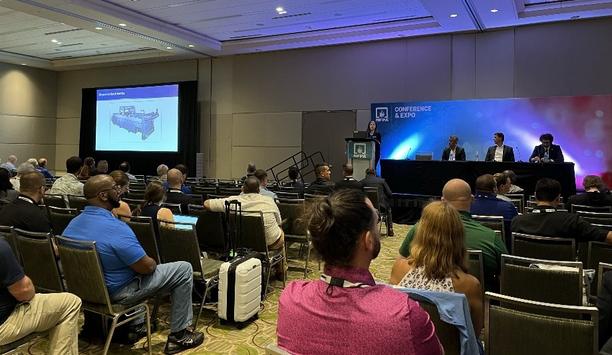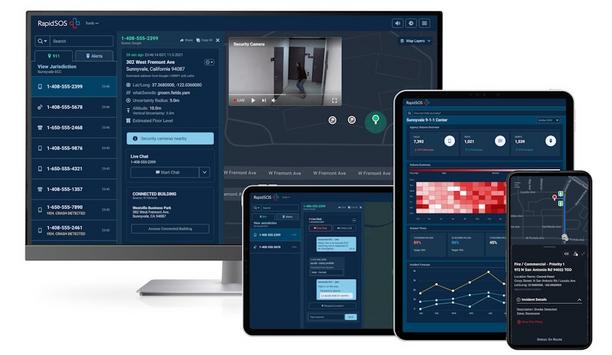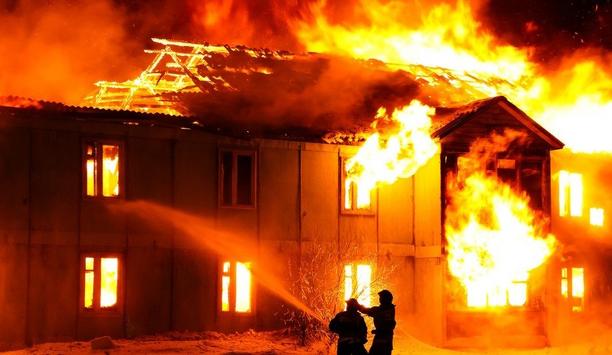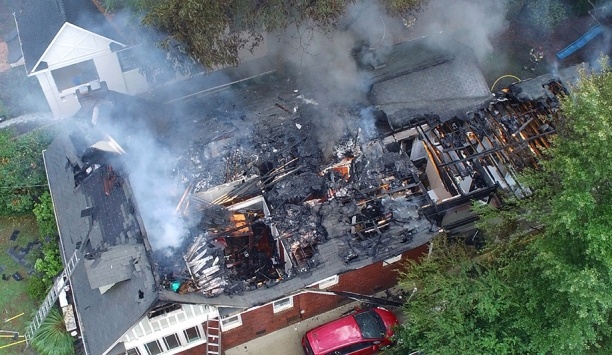The dangers of firefighting make it unfriendly to the concept of the learning curve. Before they put their lives on the line, firefighters should have knowledge and experience. But gaining knowledge and experience in the firefighting environment presents its own dangers.
Virtual reality (VR) is an emerging tool for training in the fire service. Recreating the firefighting experience realistically in a virtual world is a useful – and safer – alternative to on-the-job training. It is also less expensive than some other training options, such as recreation of realistic fire rescue scenarios.
“For a situation when someone’s life would be in danger, a virtual reality experience can enable them to practice in the safety of their own environments,” says Michael Schreiner, Senior Director of Content for Target Solutions, which is developing VR training for firefighters. “In real life, the building would be on fire and they would have to make life-or-death decisions. With virtual reality, firefighters can make a mistake about how to attack a fire without putting themselves in danger.”With virtual reality, firefighters can make a mistake about how to attack a fire without putting themselves in danger.”
Virtual Reality Firefighter Training
Target Solutions, a brand of Vector Solutions, Tampa, Florida, has partnered with Pasco County (Fla.) Fire Rescue to develop a lifelike 360-degree VR “smoke reading” training course. Creating the course involved a 360-degree Virtual Reality video shoot using drone technology to film actual firefighters training in real-life simulations.
The video was created with expert help from consultants and field insights from subject matter experts, fire service instructors, and paramedics.
Learners using the course wear VR goggles and are immersed in a virtual environment where they will receive instruction on how to read smoke and to decide how to attack a fire based on what the smoke tells them. Reading smoke involves judging the color, volume, density and rate of rise.
For example, the seat of a fire tends to produce smoke that is thick and dark and has a high rate of rise; in contrast, smoke elsewhere is a burning building might be light and wispy. Firefighters have to make split-second decisions based on the appearance of smoke, and deciding wrong can have dire consequences.
 |
| Another benefit of virtual reality in firefighter training is lower costs |
Making Better Decisions
The 12-minute-or-so smoke reading “micro-course” uses a story-based approach to emphasize the emotional elements of decision-making. Schreiner says people learn best when emotions are tied into the learning. Elements of the training scenario include exposition, rising action, a crisis and a resolution. Unrelenting “heartbeat” sounds promote a sense of urgency. The course then evaluates whether a learner made the right decision.
The course can be practiced over and over. The idea is for firefighters to develop “muscle memory” to make better decisions under pressure in a real fire rescue situation.
Vector Solutions chose shooting a video for a real-world effect over computer-generated graphics, which are more expensive but less realistic. For the video training, smoke graphic effects were added in post-production.
Lower Training Costs
The idea is for firefighters to develop “muscle memory” to make better decisions under pressure in a real situation Another benefit of virtual reality in firefighter training is lower costs. The training session used to shoot the 360-degree video cost around $20,000, which is typical of similar training exercises. Mobilizing a ladder truck, two fire trucks, a fire rescue truck and commander’s vehicles are all part of the costs, as are the costs (including overtime) of 13 firefighters taking part in the exercise.
VR is a relatively new learning tool, and Schreiner says feedback from the market will make it clear how effective it is. “We can immerse a person in a situation and it’s a safe environment, but we have to let our learners tell us how effective it is,” he says. “We will get feedback from learners and training administration. It’s another tool in the toolbox, but it will not totally replace real-life training.”
VR Training For Dangerous Professions
Schreiner says VR is a huge training opportunity for any type of dangerous profession, whether construction workers operating on scaffolding, or educators in an active shooter situation. “Where safety is a risk, VR will really start taking off,” he says.
Almost 6,000 clients across the United States use Target Solutions training products, including courses that are specific to the fire service, such as "Cancer Related Risks of Firefighting."






































